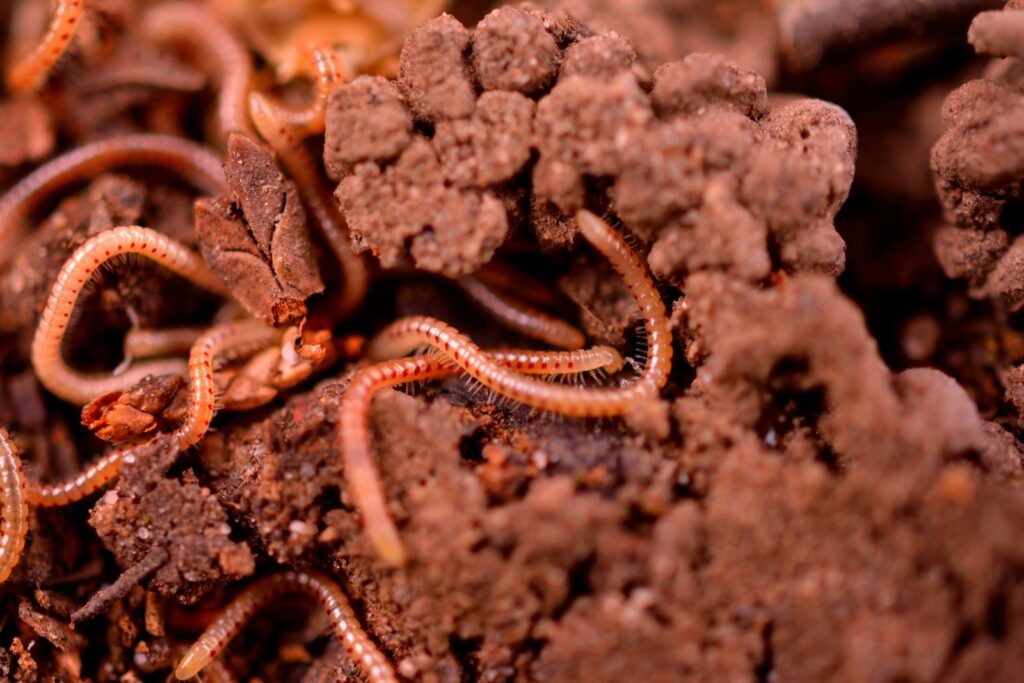Imagine slicing a worm in half and watching both pieces grow into completely new, fully functional organisms. While this might sound like science fiction, it’s actually the daily reality for one of nature’s most remarkable creatures—the planarian flatworm. These tiny aquatic animals possess what scientists call “biological immortality,” a superpower that allows them to regenerate any part of their body, including their head, with stunning precision.
But here’s where it gets mind-blowing: planarians don’t just grow back simple tissue. They can reconstruct their entire brain, complete with memories, within just two weeks. This incredible ability has captivated researchers for centuries and is now unlocking secrets that could revolutionize human medicine.
The Master of Regeneration
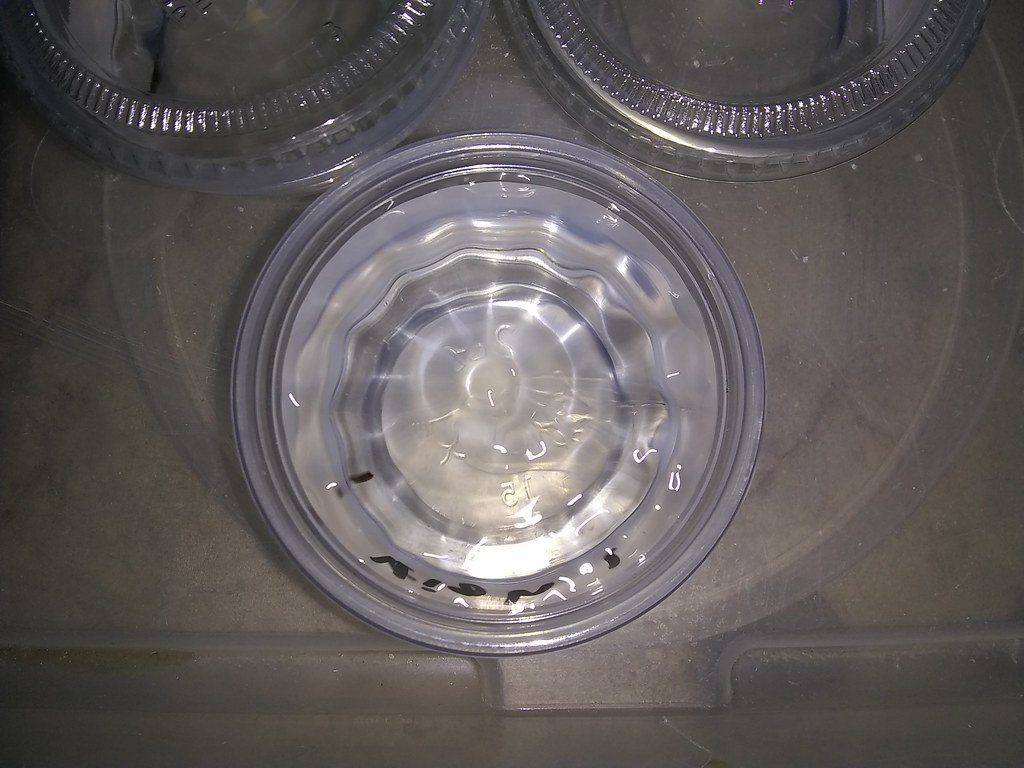
Planarian flatworms belong to a group of organisms that have essentially solved the puzzle of aging and death. These small, leaf-shaped creatures measure just a few millimeters in length but pack an extraordinary biological arsenal. When a planarian loses its head—whether through injury, predation, or laboratory experiment—it doesn’t panic or perish.
Instead, the headless body begins an orchestrated cellular symphony. Within hours, specialized cells called neoblasts spring into action, rapidly dividing and differentiating into the exact types of tissue needed. The process resembles a biological 3D printer, methodically constructing layer upon layer of new tissue.
The Science Behind the Magic

The secret lies in planarians’ unique cellular composition. Unlike most animals, planarians maintain a population of adult stem cells throughout their entire bodies. These neoblasts make up roughly 20% of all cells in a planarian’s body, creating a living reservoir of regenerative potential.
When tissue damage occurs, these stem cells receive chemical signals that tell them exactly what type of cell to become. Some transform into neurons, others into muscle cells, and still others into the specialized sensory organs that planarians use to navigate their watery world. This cellular communication system is so sophisticated that it can recreate the complex architecture of a brain with remarkable accuracy.
Growing a Brain from Scratch

Perhaps the most astonishing aspect of planarian regeneration is their ability to reconstruct their nervous system. The planarian brain, while simple compared to human brains, contains thousands of neurons organized into distinct regions. Each area controls specific functions like movement, feeding, and sensory processing.
During head regeneration, the new brain doesn’t just randomly assemble itself. Instead, it follows a precise developmental program, with neurons connecting in exactly the right patterns. This process challenges our understanding of how biological information is stored and retrieved at the cellular level.
Memory Transfer: The Ultimate Plot Twist
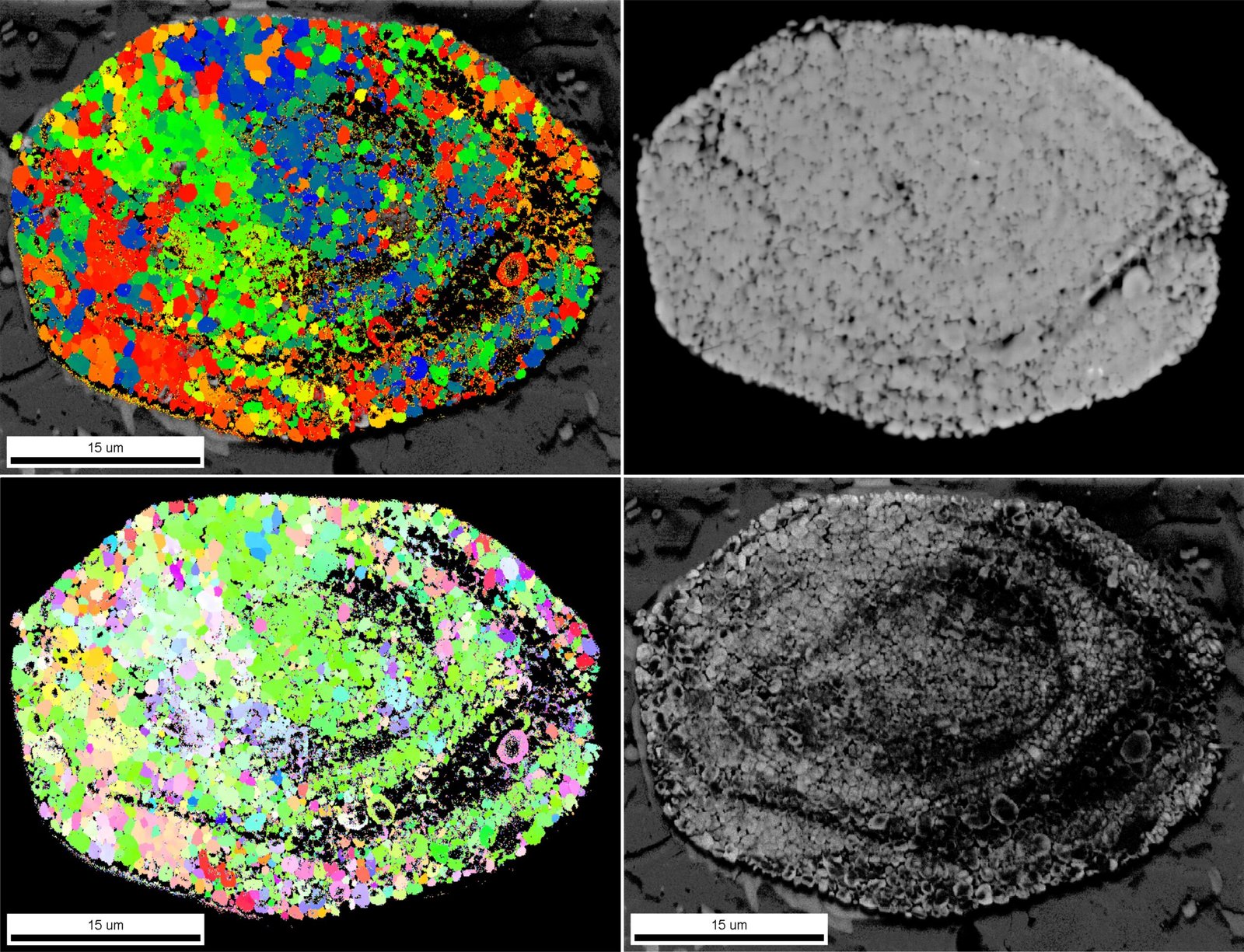
In 2013, researchers made a discovery that sounds like something from a fantasy novel. They trained planarians to navigate mazes, then cut off their heads and waited for regeneration. The shocking result? The newly regenerated worms retained their training, navigating the same mazes with practiced ease.
This finding suggests that memories aren’t stored solely in the brain, as scientists long believed. Instead, some form of memory encoding appears to exist throughout the planarian’s body, possibly in the very stem cells that drive regeneration. The implications for understanding consciousness and memory storage are staggering.
The Cellular Time Machine

Planarians have mastered something that eludes every other complex organism on Earth: they don’t age. In laboratory conditions, these worms can live indefinitely, constantly renewing their bodies through ongoing cell replacement. Each planarian is essentially a biological time machine, perpetually resetting its cellular clock.
This immortality stems from their telomerase activity—the enzyme that prevents chromosomes from degrading during cell division. While most animals lose telomerase activity as they age, planarians maintain it throughout their lives, allowing endless cell renewal without the deterioration that characterizes aging in other species.
The Speed of Regeneration

The timeline of planarian regeneration reads like a biological sprint. Within the first 24 hours after decapitation, the wound site begins to close and stem cells start migrating to the injury site. By day three, the basic outline of a new head becomes visible to the naked eye.
The photoreceptors—planarians’ simple eyes—appear by day seven, followed by the mouth and feeding apparatus. By day fourteen, the new head is fully functional, complete with all sensory organs and a rebuilt brain capable of coordinating complex behaviors. This speed of regeneration far exceeds anything seen in other animals.
Not Just Heads: Full Body Regeneration

While head regeneration captures headlines, planarians can regenerate virtually any body part. Cut off a tail, and it regrows within days. Slice the body lengthwise, and each half develops into a complete organism. Remove chunks of tissue from the middle, and the gaps seamlessly fill in.
This comprehensive regenerative ability extends to internal organs as well. Planarians can rebuild their digestive system, reproductive organs, and even their primitive circulatory system. It’s as if these creatures carry a complete blueprint for their entire body within every cell.
The Evolutionary Advantage

From an evolutionary perspective, planarian regeneration represents an incredible survival strategy. In their natural aquatic habitats, these worms face constant threats from predators, environmental hazards, and physical damage. Their ability to survive and recover from injuries that would kill other organisms gives them a significant competitive advantage.
This regenerative capacity also allows planarians to reproduce asexually through fission. A single worm can split itself into multiple pieces, each growing into a genetically identical clone. This reproductive flexibility ensures species survival even in harsh conditions where sexual reproduction might be impossible.
Laboratory Superstars

Planarians have become the darlings of regenerative biology research. Their combination of complex organ systems and remarkable regenerative abilities makes them ideal model organisms for studying tissue repair and stem cell biology. Unlike simpler organisms that can regenerate, planarians possess recognizable organs and behaviors that translate more directly to human biology.
Research facilities around the world maintain colonies of these remarkable worms, studying everything from wound healing mechanisms to the cellular basis of memory. The insights gained from planarian research have already influenced approaches to human regenerative medicine and stem cell therapy.
The Molecular Machinery

At the molecular level, planarian regeneration involves a complex cascade of genetic switches and protein signals. Key genes like the Wnt signaling pathway control the overall body plan, while specialized transcription factors determine which tissues develop where. These molecular mechanisms are surprisingly similar to those found in human development.
Scientists have identified over 40 genes that are essential for planarian regeneration. Many of these genes also exist in humans, though they’re not active in the same way. This genetic overlap suggests that the machinery for regeneration already exists in human cells—it just needs to be properly activated.
Environmental Factors and Regeneration

Planarian regeneration isn’t just a genetic program—it’s also influenced by environmental conditions. Temperature, water quality, and food availability all affect the speed and success of regeneration. Optimal conditions can accelerate healing, while stress can slow or even prevent proper regeneration.
Interestingly, planarians can also adjust their regeneration based on their size and energy reserves. Smaller worms regenerate proportionally smaller heads, while well-fed individuals regenerate more quickly than starved ones. This adaptive response shows how regeneration integrates with the animal’s overall physiological state.
The Dark Side of Immortality

While planarian regeneration seems like a biological superpower, it comes with trade-offs. The constant energy expenditure required to maintain stem cell populations means planarians must feed regularly to sustain their regenerative capacity. Starvation can quickly compromise their ability to heal from injuries.
Additionally, the same cellular machinery that enables regeneration can sometimes go awry. Planarians can develop tumor-like growths when their stem cell regulation becomes disrupted. This connection between regeneration and cancer risk provides valuable insights into the delicate balance required for healthy tissue renewal.
Genetic Experiments and Discoveries
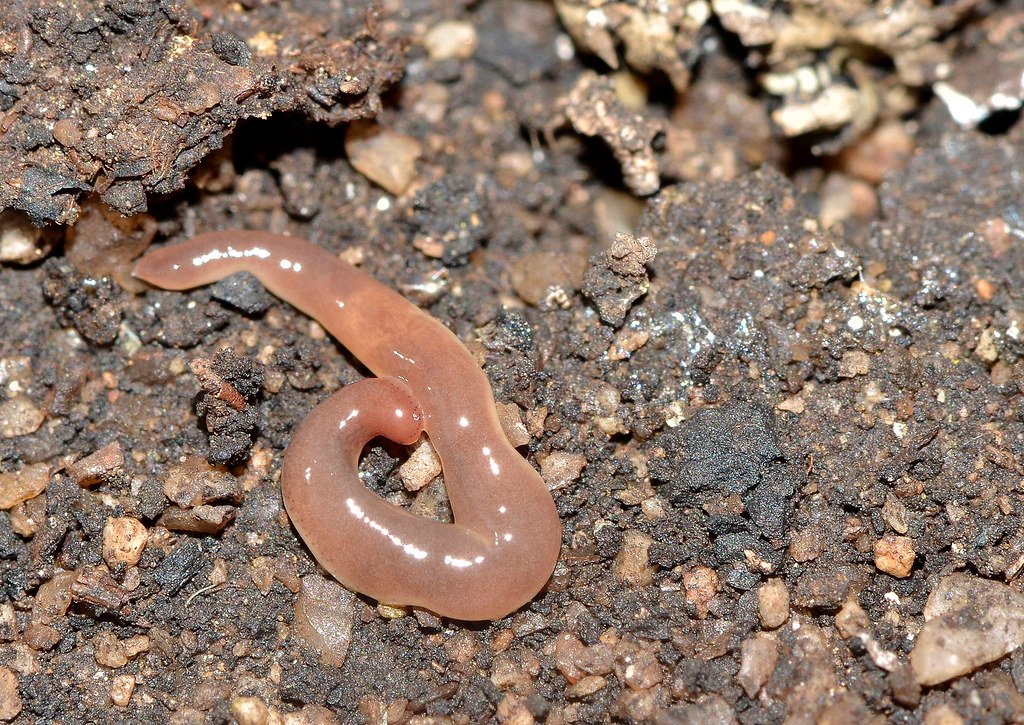
Modern genetic techniques have revolutionized planarian research. Scientists can now knock out specific genes to see how they affect regeneration, use fluorescent markers to track stem cell behavior, and manipulate cellular signaling pathways in real-time. These experiments have revealed the intricate genetic networks that coordinate regeneration.
One particularly striking discovery involves the gene responsible for head-tail polarity. When researchers manipulated this gene, they created planarians with heads at both ends or tails at both ends. These experiments demonstrate how genetic programs determine body organization during regeneration.
Medical Applications on the Horizon

The ultimate goal of planarian research is to translate these discoveries into human therapies. Scientists are working to understand how planarian regeneration mechanisms might be applied to treating spinal cord injuries, organ failure, and neurodegenerative diseases. The potential applications seem almost limitless.
Recent breakthroughs have shown that some planarian genes can enhance regeneration in other organisms when transferred. This suggests that the regenerative machinery might be more portable than previously thought, opening new possibilities for therapeutic intervention.
The Role of Mechanical Forces

Regeneration isn’t just about biochemistry—physical forces also play a crucial role. The mechanical tension within planarian tissues helps guide new growth and ensures proper organ positioning. This biomechanical aspect of regeneration has inspired new approaches to tissue engineering and wound healing.
Research has shown that planarians can sense the mechanical properties of their environment and adjust their regeneration accordingly. This mechanosensitive regeneration provides another layer of control over the healing process and suggests new therapeutic targets for human medicine.
Species Variations and Adaptations
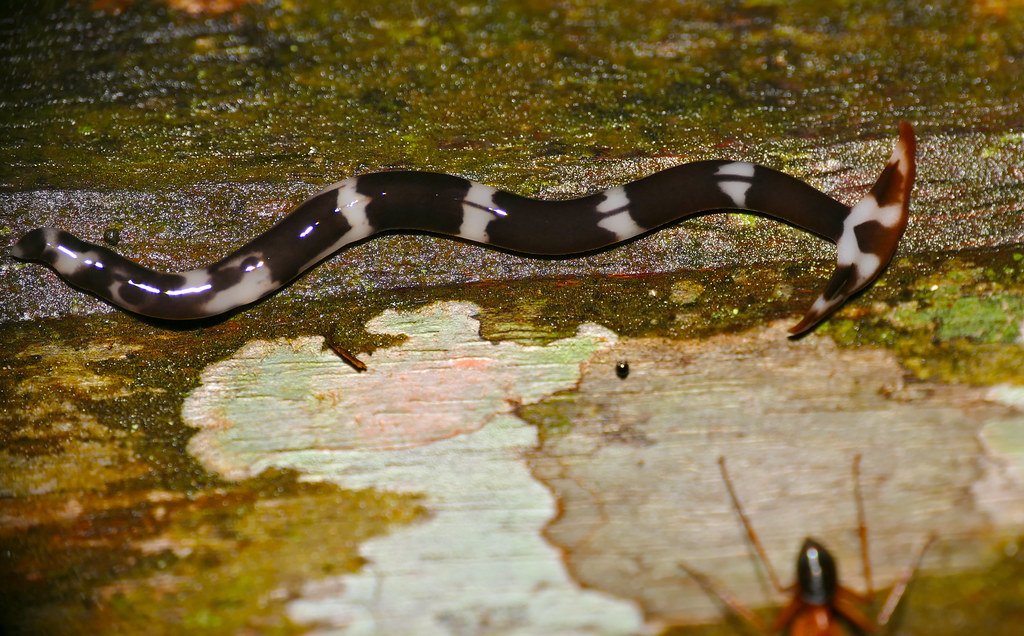
Not all planarians are created equal when it comes to regeneration. Different species show varying degrees of regenerative ability, with some capable of more complex reconstructions than others. These variations provide natural experiments for understanding what makes regeneration possible.
Some planarian species have evolved specialized regeneration strategies for their particular environments. Those living in harsh conditions often show enhanced regenerative abilities, while species in stable environments may have reduced regenerative capacity. These adaptations reveal how regeneration evolves as a response to ecological pressures.
The Future of Regenerative Medicine

As our understanding of planarian regeneration deepens, the possibilities for human applications continue to expand. Researchers are developing new drugs that can activate regenerative pathways, designing biomaterials that mimic planarian healing environments, and exploring gene therapies based on planarian molecular mechanisms.
The convergence of planarian research with technologies like CRISPR gene editing, 3D bioprinting, and stem cell therapy promises to accelerate progress toward practical regenerative treatments. What once seemed like science fiction is gradually becoming medical reality.
Conclusion

The planarian flatworm represents one of nature’s most extraordinary achievements—a living demonstration that death isn’t inevitable and that complex organs can be rebuilt from scratch. Their ability to regenerate heads, complete with functional brains and intact memories, challenges our fundamental assumptions about biology and consciousness.
These remarkable creatures have opened new frontiers in regenerative medicine, cancer research, and our understanding of aging itself. As we continue to unlock their secrets, planarians may hold the key to extending human healthspan and treating previously incurable conditions. The tiny worm that grows a new head every time it loses one might just help us grow back what we thought was lost forever.
What other biological mysteries might be waiting in the smallest creatures around us?

